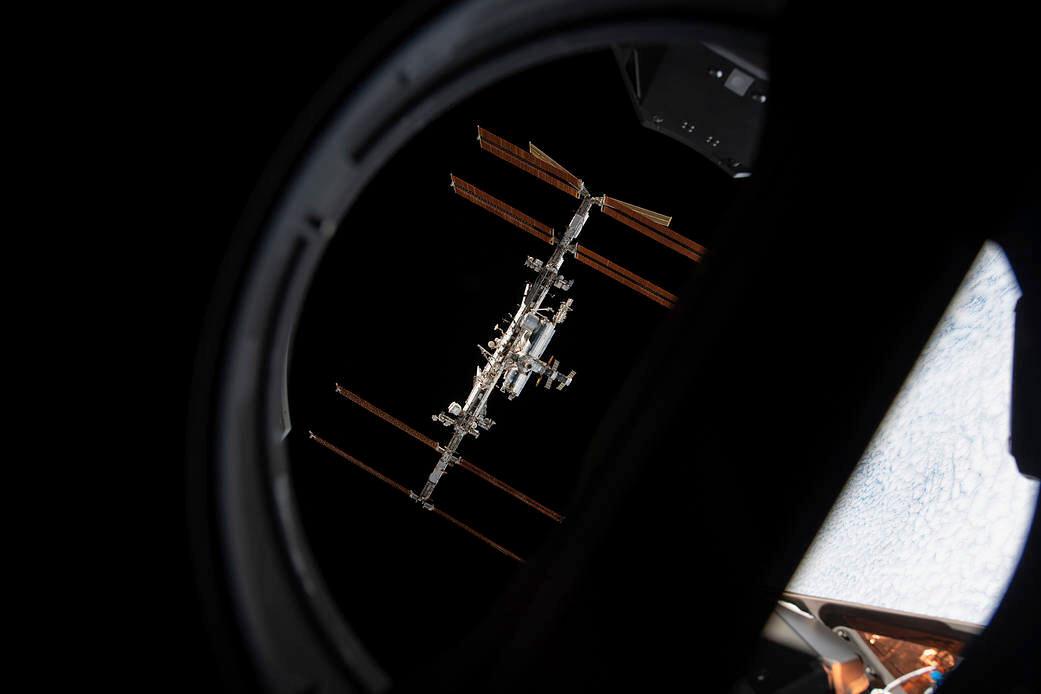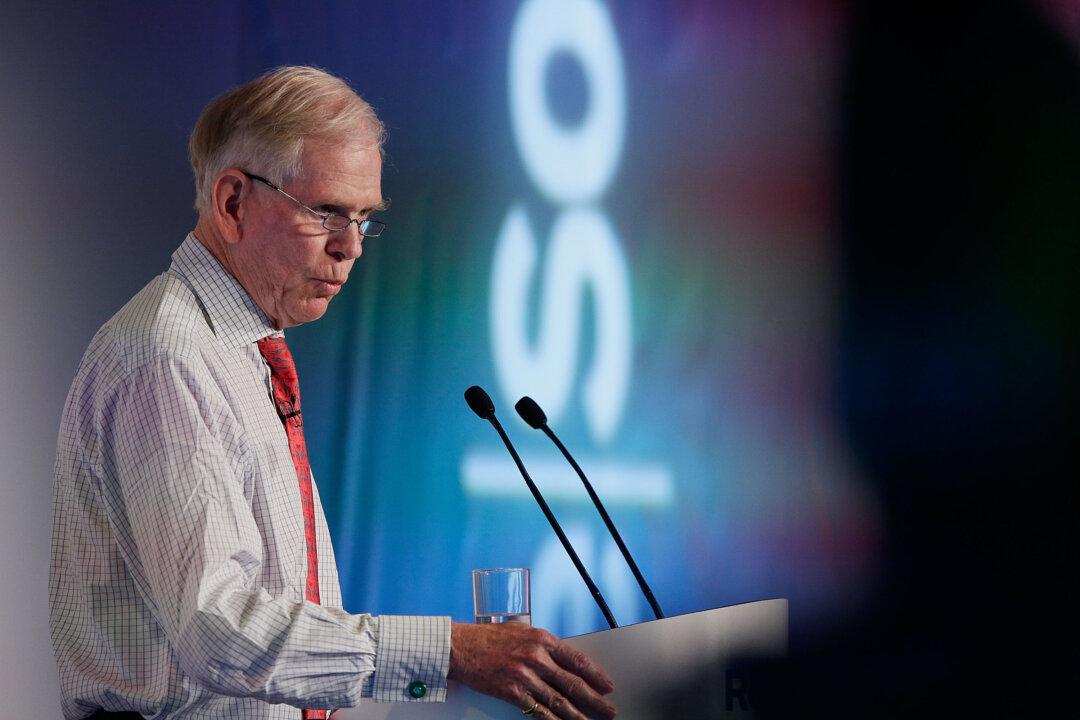Sony has formed a new company to facilitate communication in space through the use of lasers, following SpaceX in integrating the relatively new technology for relaying information across long distances in Earth’s orbit.
On Wednesday, the Japanese legacy technology company registered the Sony Space Communications Corp., a subsidiary which is seeking to use lasers as an alternative means of communication to avoid a bottleneck of competing radio frequencies.





